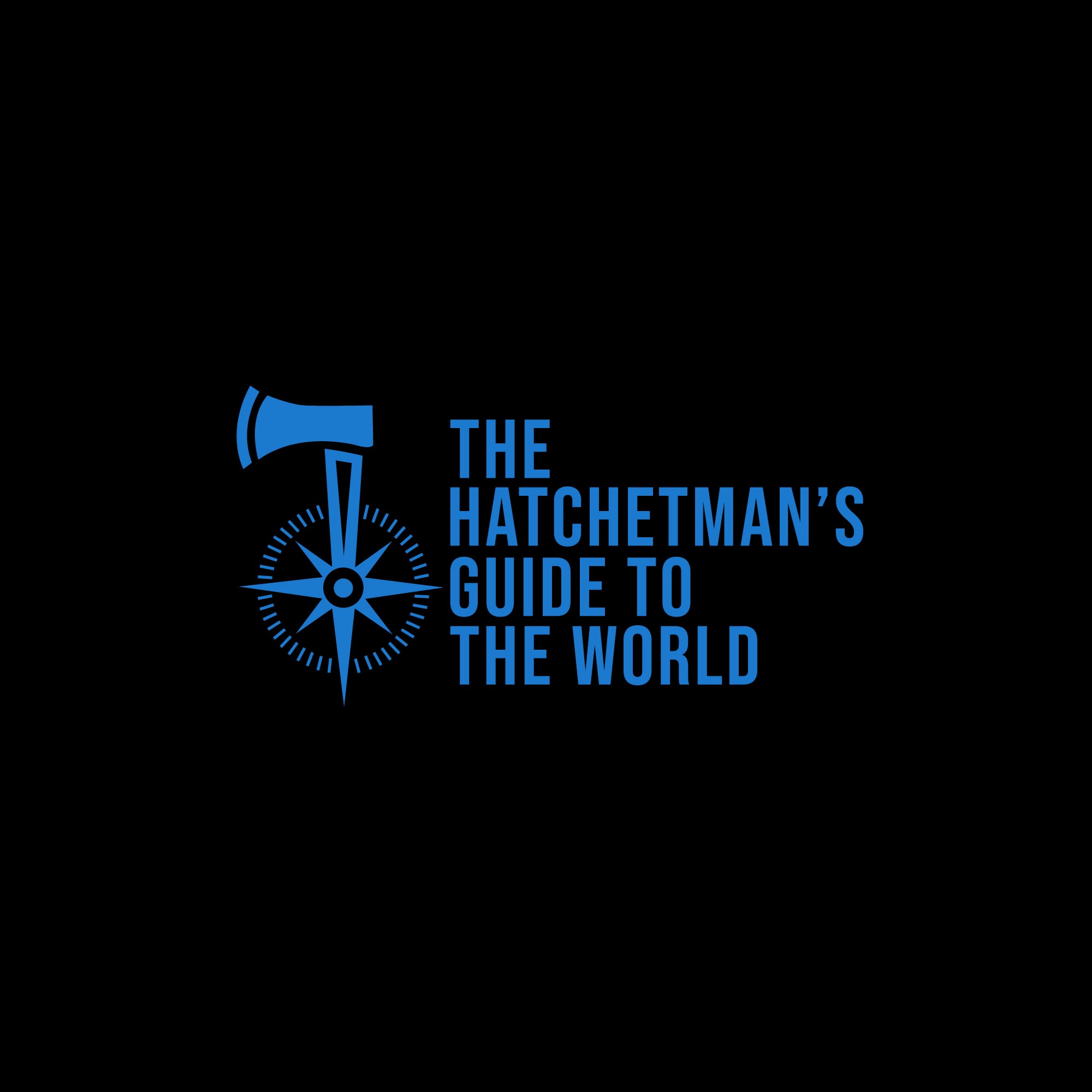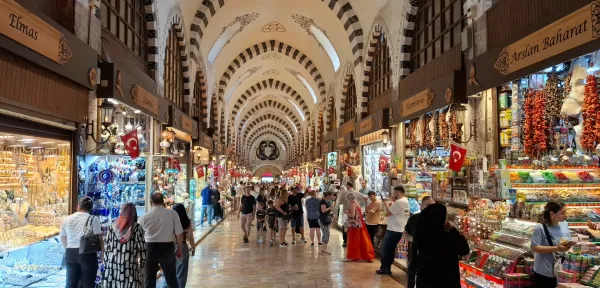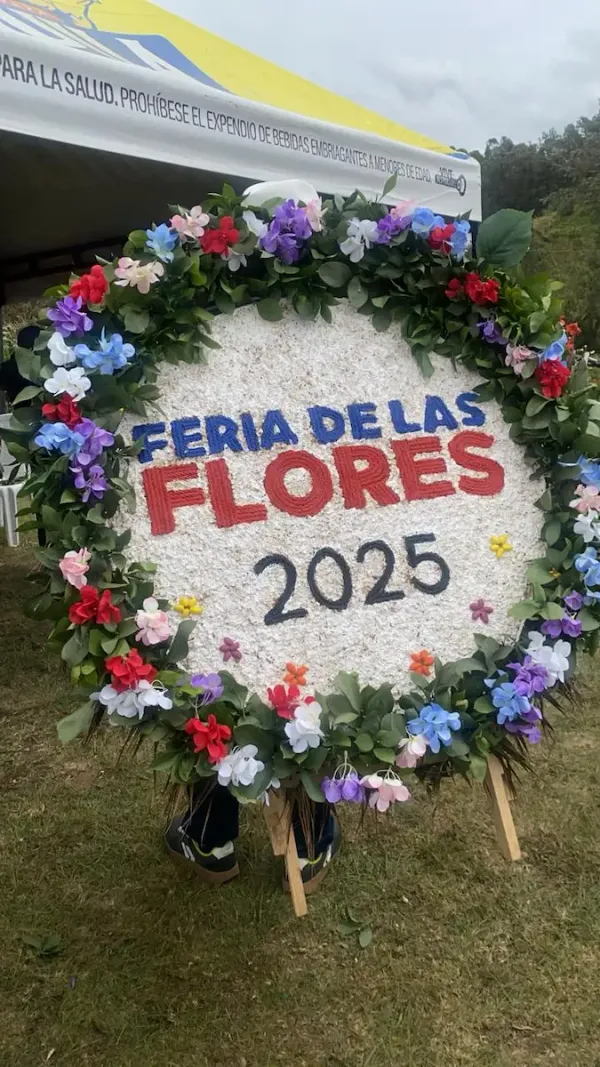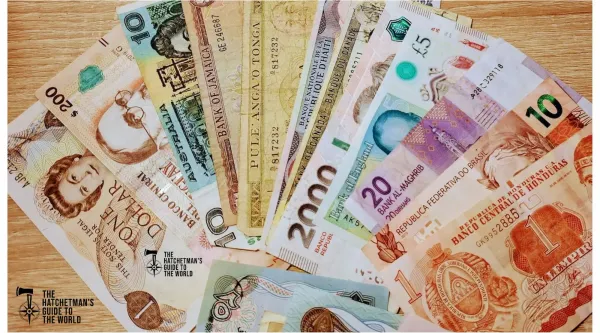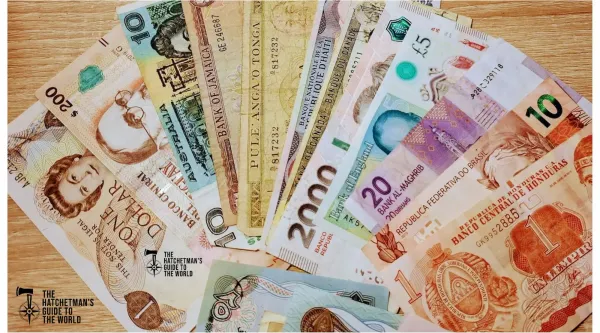Medellin Ride-Sharing and Taxis: What You Need to Know
From Uber to colectivos, Medellín’s transport scene has options—but not all are obvious or safe. Here’s what you need to know to get around without getting ripped off.
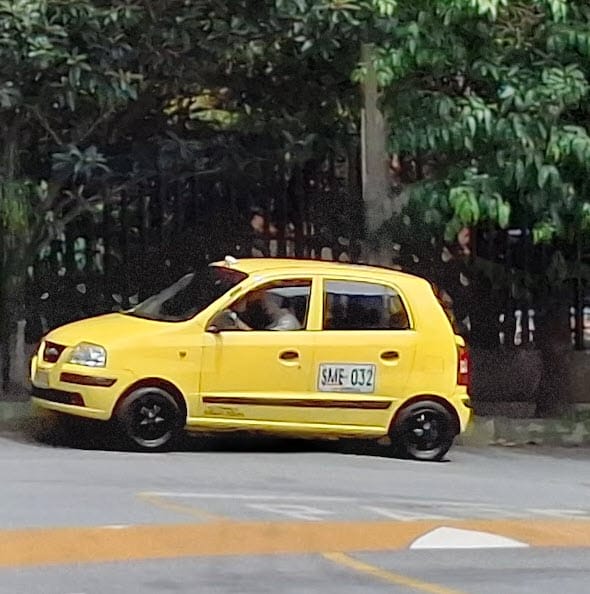
Medellín’s ride-sharing and taxi ecosystem is one of the most diverse and adaptable in Latin America. Whether you’re navigating the hills of Manrique or cruising into El Poblado for dinner, you’ve got a fleet of options—if you know how to use them.
For more on navigating the sometimes confusing culture of Medellin, see my compreshensive guide to Medellin and the surrounding area in the Aburrá Valley.
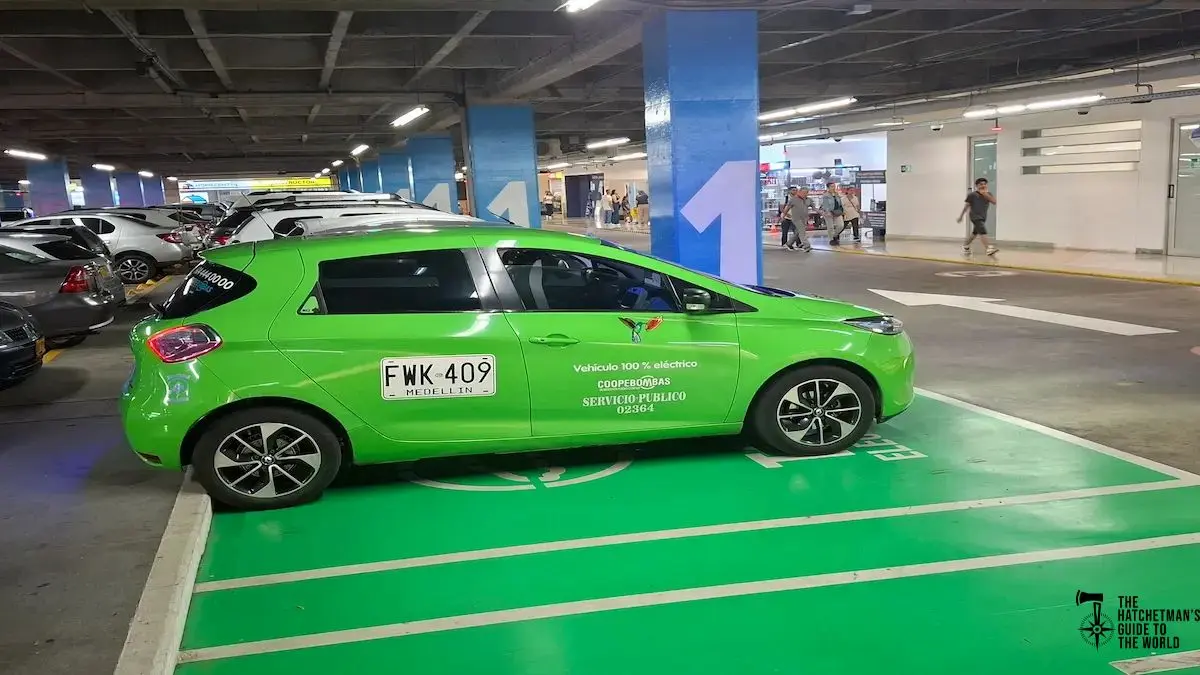
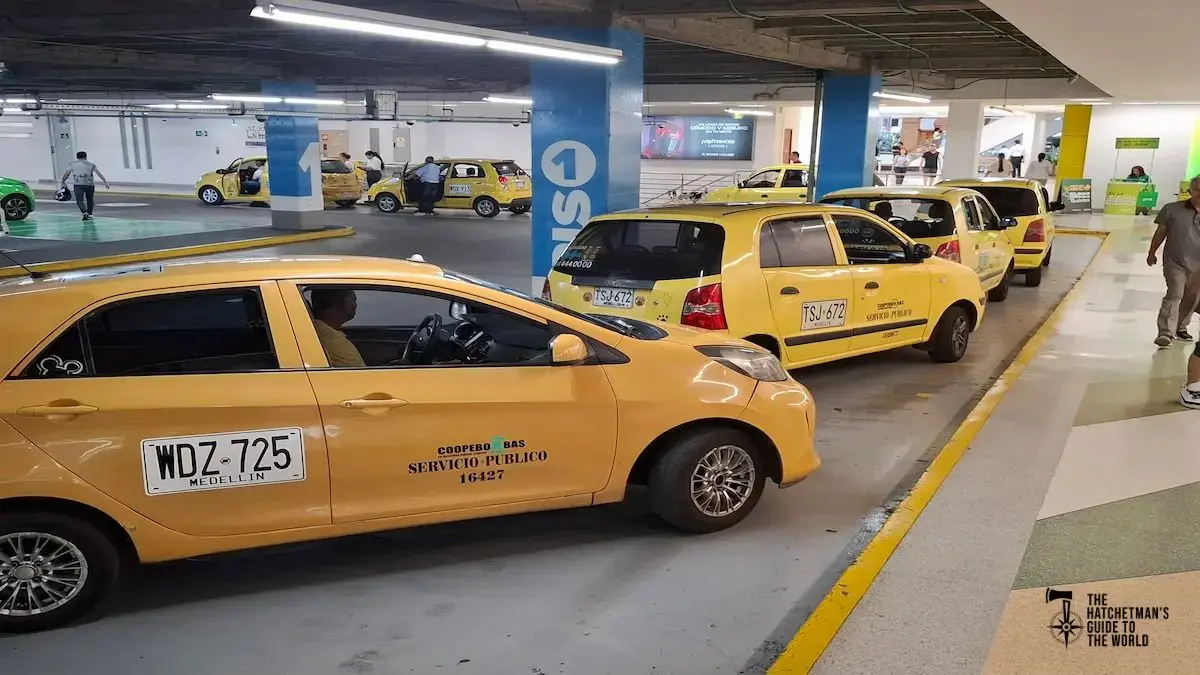
Uber, InDrive, DiDi, and Cabify
Uber
Uber launched in Medellín in 2015 and quickly became a favorite among tourists and locals alike. Though it operates in a legal gray area—reclassified in 2020 as a "private vehicle rental with driver"—it remains widely used. Riders are often asked to sit in the front seat to avoid scrutiny. The app is entirely card-based, and you can’t pay in cash.
A nice feature of Uber in Medellin, which is not available everywhere, is the ability to order a ride from a legitimate yellow taxi through the app.
However, Uber isn’t always reliable in less affluent or more remote areas. If you're in Robledo, Manrique, Bello, or parts of Itagüí, Uber drivers may be scarce. Residents in these areas often prefer cheaper options like InDrive or DiDi.
InDrive
InDrive is a ridesharing app that has gained huge popularity due to its affordability and flexibility. You input your destination and propose a fare. The driver can accept, reject, or counter. The ultimate fare is something negotiated with the driver through the app. InDrive also offers services like cargo transport and furniture moves.
One big downside? No card payments. You’ll need to pay the driver in cash, or occasionally through local transfer apps like Nequi or Bancolombia. That means small bills are essential.
DiDi
DiDi is another Uber-like ride sharing app which allows payment through the app with credit/debit cards or the option to pay the driver in cash. Foreign cards—especially Visa—can sometimes fail. DiDi generally offers slightly lower fares than Uber and is a common go-to for locals looking to save.
Cabify
Despite its name, Cabify is not relegated exclusively to taxis. There are private drivers who also work through this app.
Cabify supports credit, debit, and even PayPal in Colombia. It also accepts cash. While typically pricier, Cabify offers a premium service often used by professionals and business travelers. Prepaid cards may not be accepted.
Everything You Need to Know Before Coming to Medellín
Summary Table
|
App |
Card Payment? |
Cash Payment? |
Notes |
|
Uber |
✅ Yes (required) |
❌ No |
Charges card automatically |
|
DiDi |
✅ Yes* |
✅ Yes |
Foreign cards may sometimes fail |
|
Cabify |
✅ Yes + PayPal |
✅ Yes |
Prepaid cards may not be accepted |
|
InDrive |
❌ No (cash only) |
✅ Yes |
Cash or local transfers only |
*Most ride‑sharing apps support card payment by default.
Taxis in Medellín
Yellow taxis are everywhere and can be hailed on the street or ordered via app or phone. As of this writing, the flag-down fare starts at 5,100 COP. Rates are metered and regulated by the city.
Apps like Uber and Cabify (which absorbed EasyTaxi) allow users to request taxis with additional safety features like driver info, trip tracking, and digital receipts.
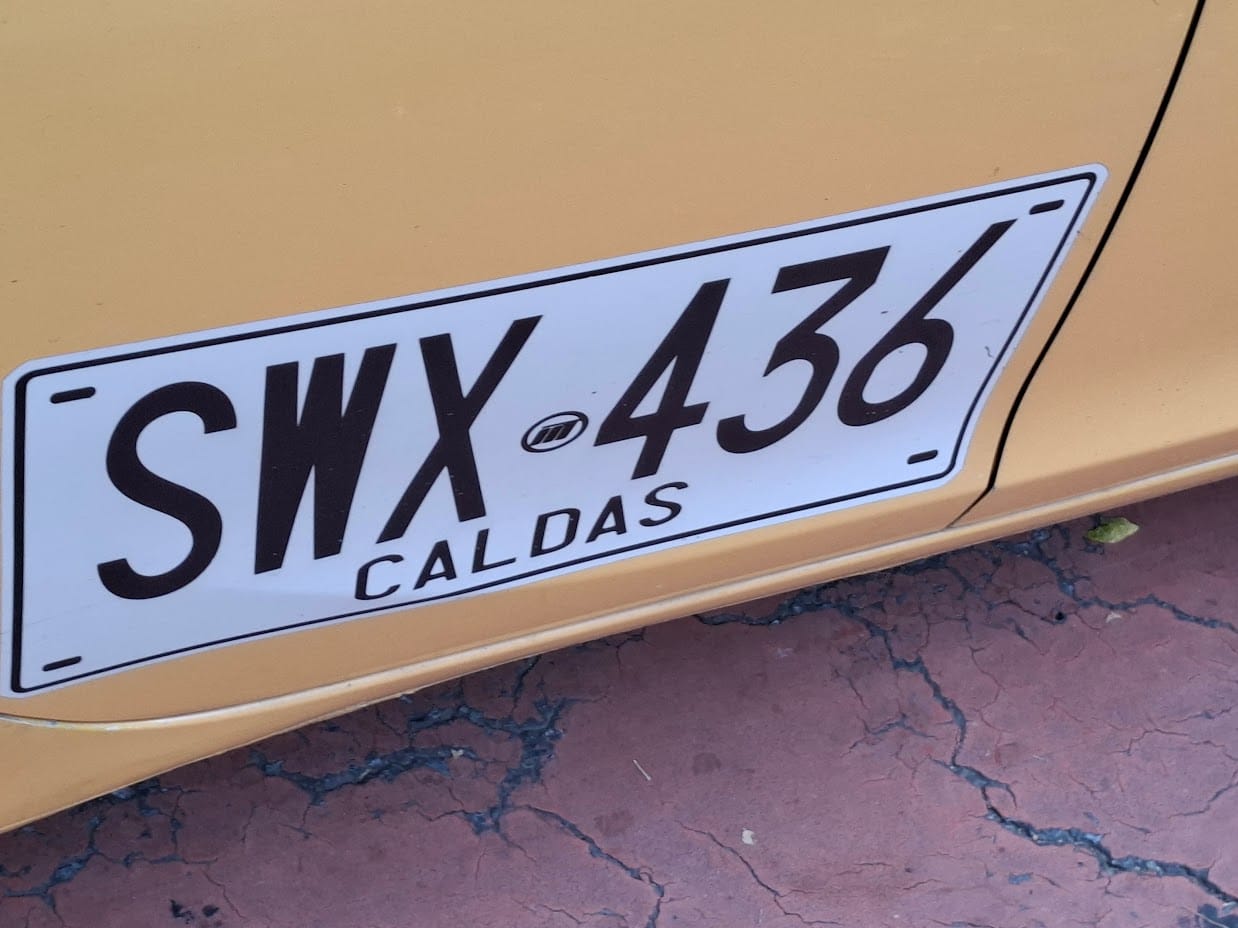
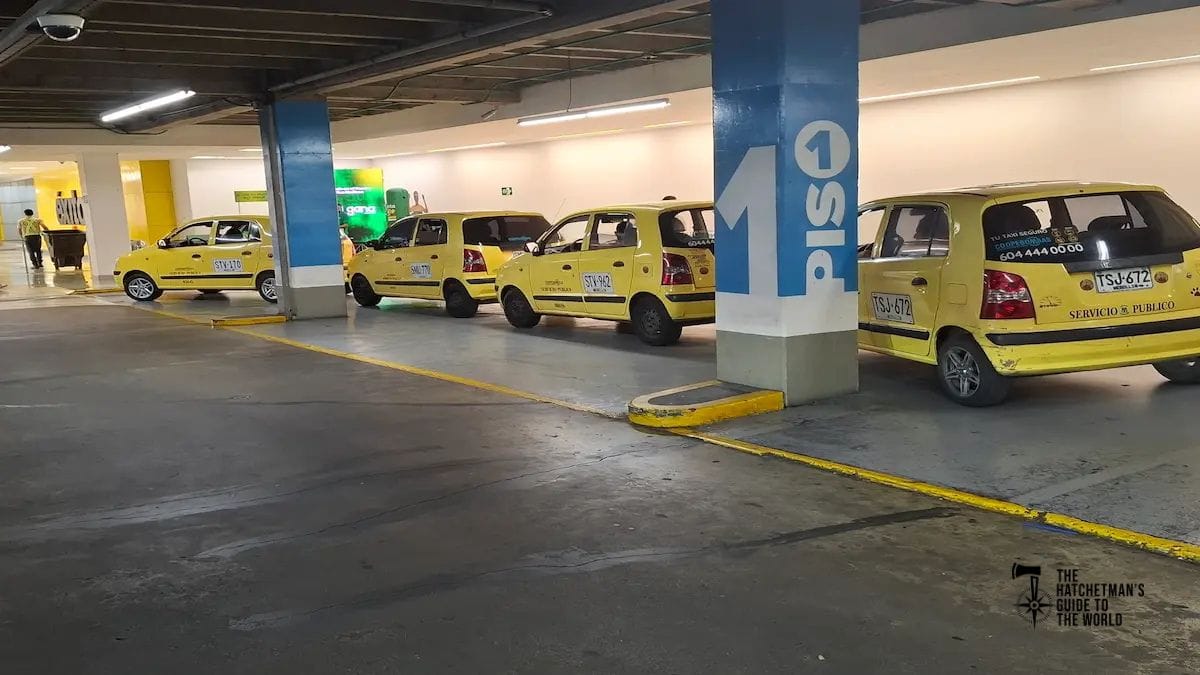
Always verify that the license plate matches the one shown in your app.
Hint: Avoid pulling out your phone next to open windows in traffic—motorcycle snatch thefts still happen.
Most taxi drivers in Medellín are polite and honest, but there are exceptions—especially late at night. Some drivers may try to hustle tourists by failing to start the meter and then demanding an inflated flat fare at the end of the ride. This is particularly common when picking up passengers from nightlife areas or malls, where some drivers may try to charge a flat rate of 50,000 COP (or significantly more) for short trips.
Hint 2: When riding in a taxi, keep your phone protected. Although they are not nearly as common now as they used to be, motorcycle cell phone snatchings from unsuspecting passengers in taxis stuck in traffic still occur. It is unlikely, but a stolen cell phone can ruin an entire trip.
Tipping Taxis
Tipping culture has started to invade Medellin, but it is not (and probably never will be) as entrenched as it is in the US. When paying a cabbie, no tip is expected or required, but it is definitely appreciated. If there is just a small amount of change coming back to you, like a few hundred to a few thousand pesos, that is sufficient (but only if you feel the urge to tip). Most trips in Medellin will be in the 20-30 mil pesos range if you are in the city proper. Longer trips, such as from Poblado to Sabaneta or Bello would be more in the 40-50 mil range.
Airport Taxis: What You Should Know
When arriving at José María Córdova International Airport (MDE), the official white airport taxis are your most reliable option. You’ll find them clearly marked and parked in a designated area just outside the terminal near the “Airport Taxi” signage.
These taxis operate on fixed fares that include all tolls, including the tunnel tolls to Medellín. You’ll be quoted a price before the trip starts—no meters involved.
As of this writing, the flat fare to most parts of Medellín (El Poblado, Laureles, Centro) is around 120,000 COP (roughly 30 USD at the time of this writing).
Fares may vary slightly for farther destinations, but there should be no surprises at the end.
Other options from the airport include:
Colectivo (shared taxi): ~30,000 COP per person, shared with others
Bus: 10,500–20,000 COP, runs every 15–20 minutes
Uber/InDrive: 80,000–110,000 COP, variable based on traffic and demand
Final Thoughts
Whether you're zipping through Laureles in a yellow cab, negotiating your fare on InDrive, or catching a quiet Uber to your hotel, Medellín offers a surprisingly rich menu of transportation options. The key is preparation: know your apps, carry some cash, and always check that meter. A little planning goes a long way in avoiding scams and ensuring a smooth ride—so you can focus on enjoying the city’s hills, nightlife, and unbeatable views instead of figuring out how to get from point A to point B.
